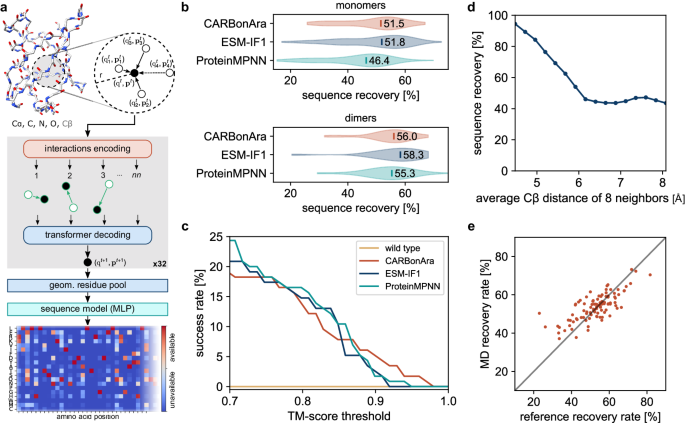2024-08-07 スウォンジー大学
<関連情報>
- https://www.swansea.ac.uk/press-office/news-events/news/2024/08/unexpected-link-between-grooming-and-physiological-stress-in-wild-baboons.php
- https://royalsocietypublishing.org/doi/10.1098/rsbl.2024.0163#d1e1743
野生のヒヒのメスでは、グルーミングが多いほど生理的ストレスが高い More allogrooming is followed by higher physiological stress in wild female baboons
Charlotte Christensen,Anna M. Bracken,M. Justin O’Riain,Michael Heistermann,Andrew J. KingandInes Fürtbauer
Biology Letters Published:07 August 2024
DOI:https://doi.org/10.1098/rsbl.2024.0163

Abstract
Social bonds increase fitness in a range of mammals. One pathway by which social bonds may increase fitness is by reducing the exposure to physiological stress, i.e. glucocorticoid (GC) hormones, that can be detrimental to health and survival. This is achieved through downregulating hypothalamic–pituitary–adrenal (HPA)-axis activity. Indeed, long-term measures of social (grooming) bonds are often negatively correlated with HPA-axis activity. However, the proximate role of physical touch through allogrooming remains an open question in the sociality–health–fitness debate. Demonstrating the potential anxiolytic benefits of grooming in the wild is hindered by methodological limitations. Here, we match accelerometer-identified grooming in wild female chacma baboons (Papio ursinus) to non-invasive faecal GC metabolite concentrations (fGCs). Consistent with previous work, we found a negative (but statistically non-significant) overall relationship between individual averaged fGCs and grooming rates. However, when time-matching grooming to fGCs, we found that both more giving and receiving grooming were followed by higher fGCs. This upregulation of HPA-axis activity suggests that maintaining social bonds (and its ultimate fitness benefits) may come at a shorter-term physiological cost. This finding sheds new light on a ubiquitous social behaviour typically considered ‘relaxing’ and suggests that sociopositive contact can trigger physiological stress.


